In Meguro, Tokyo, there is a Tendai sect temple called Daienji. In this temple, the God of wealth, Daikokuten (aka Mahakala), is enshrined.
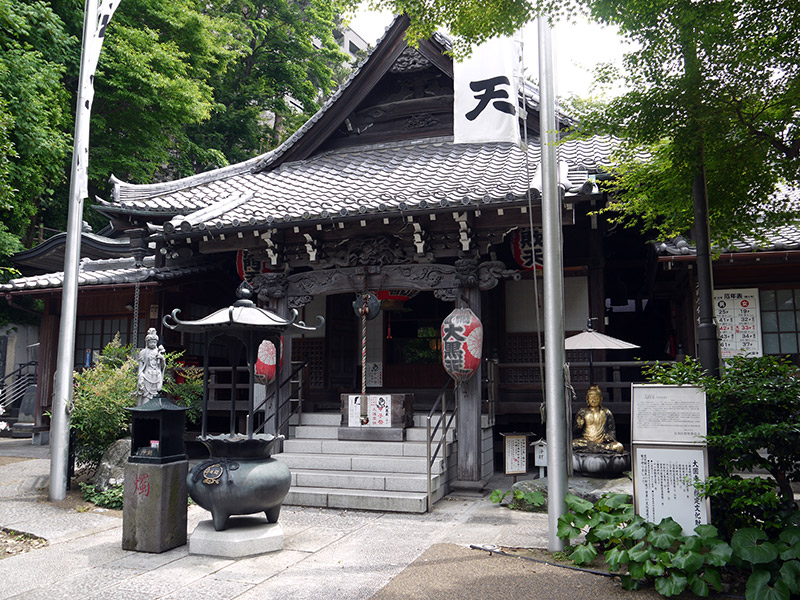
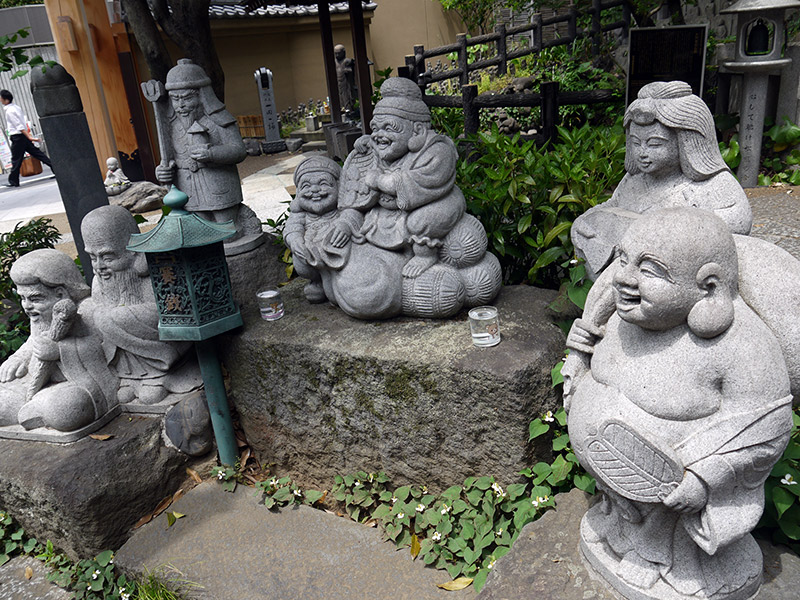
The first thing you'll notice when you enter the temple ground is statues. Lots and lots of statues. These 7 statues are called "shichi-fuku-jin 七福神" – the seven lucky Gods of Japan. They have been a popular group of deities since the Edo period and are often out on their treasure ship called "takara-bune 宝船". These aren't the only statues here, however…
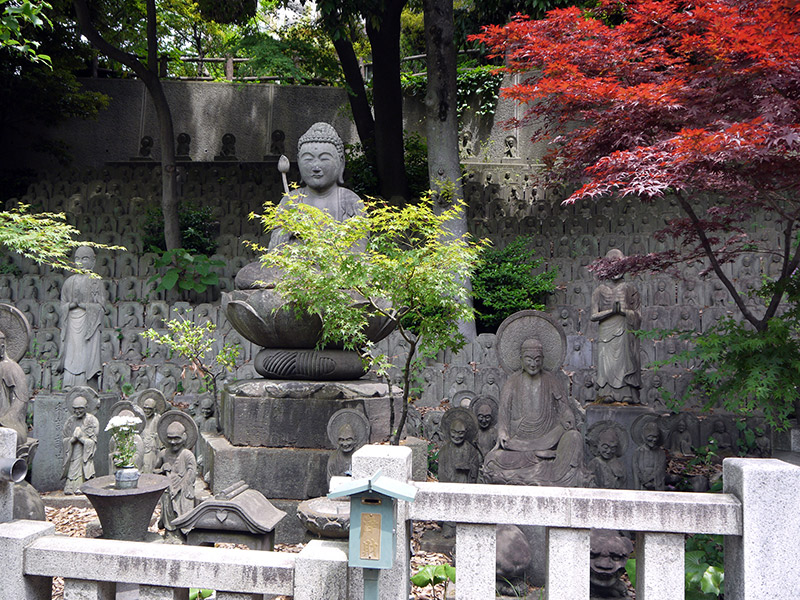
This temple is known for its Gohyaku-Rakan 五百羅漢, statues of the five hundred disciples of Buddha. There was a big fire in Tokyo in 1772 and historians believe it originated from Daienji Temple. These statues were made as a way to remember the victims and give people a way to pray for them.
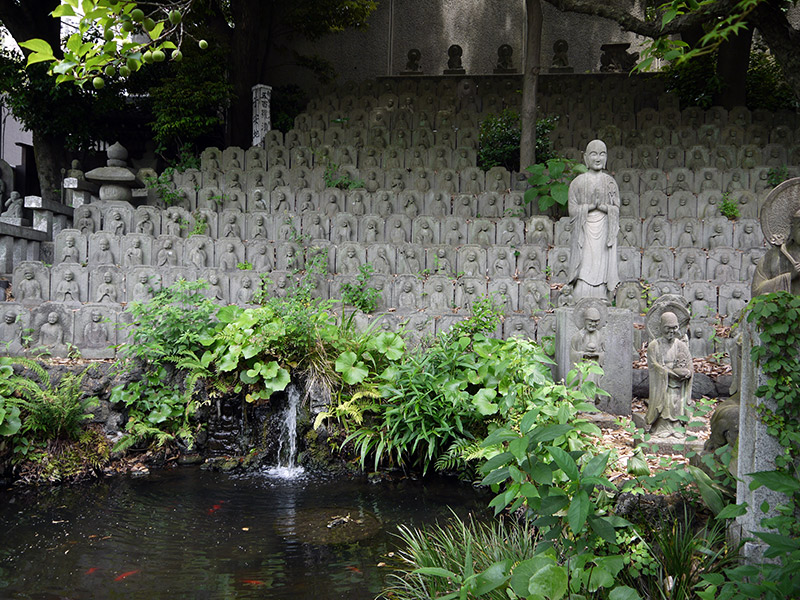
In addition to the Gohyaku-Rakan, there are other statues in this temple as well.
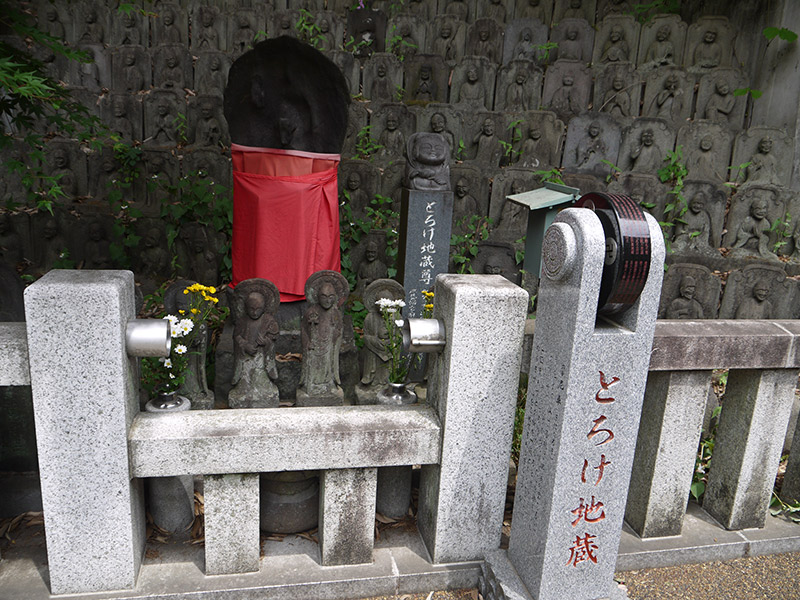
This black statue is called Toroke Jizo. "Toroke" means "melt." This statue gets its name from its face and arms which look like they're melting. The story goes that a fisherman snatched this statue out of the sea. This Jizo is supposed to have the ability to make people's worries melt away.
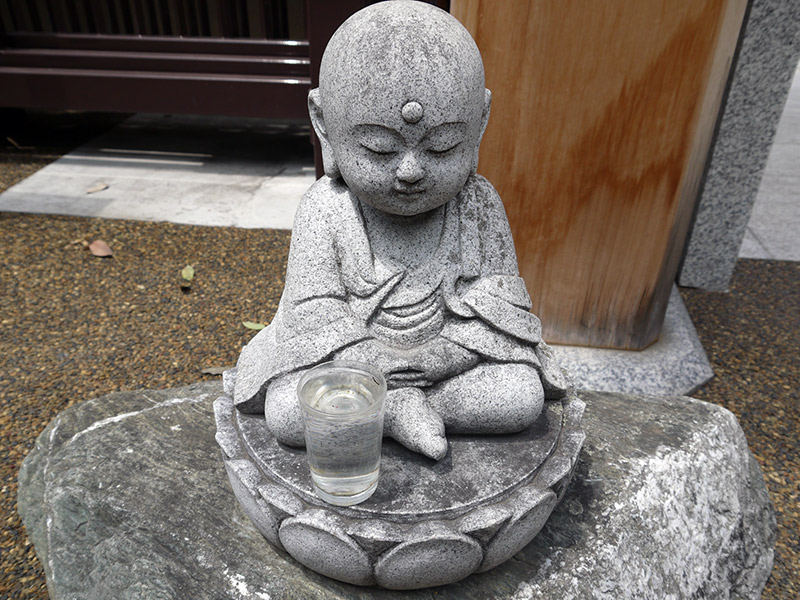

There were also baby Jizos. Actually, I feel bad for the one in the upper picture. Why is the bottom baby the only one to get chocolate and plums. It's not fair!
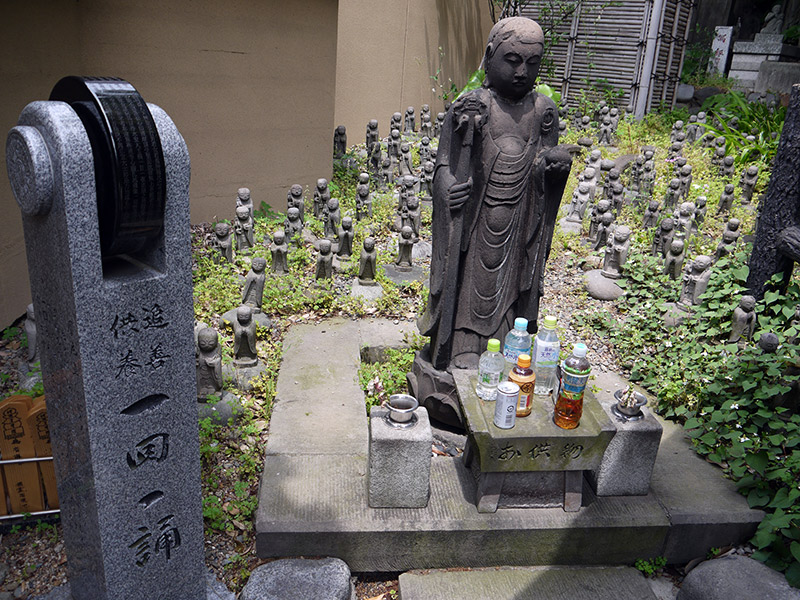
These statues are Mizuko Jizo. They rescue your babies from hell. Hmmmm…a team of Jizo that go into hell on baby rescue missions – Sounds like a really good manga.
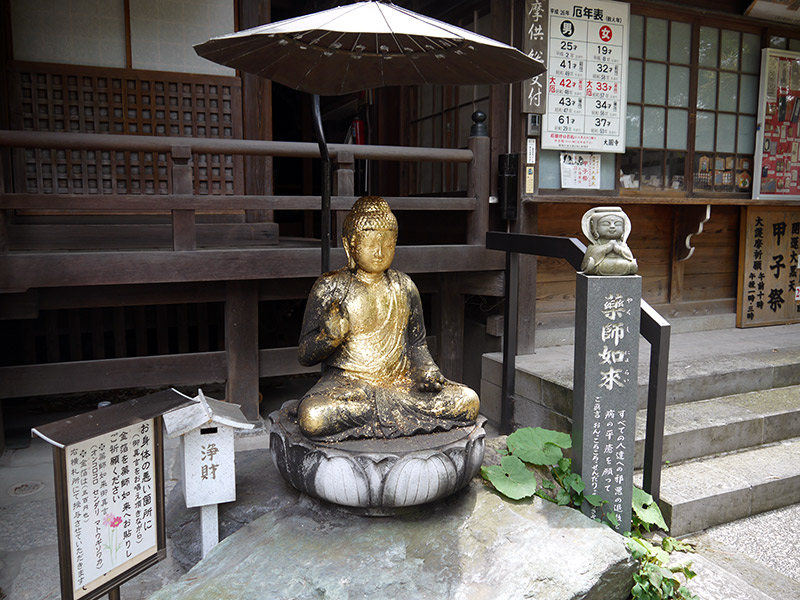
This is a statue of Yakushi Nyorai 薬師如来, the Buddha of Healing. It's said that if you put a piece of beaten gold (aka golden leaf) on the statue's body in the exact spot where you need healing, your ailment will heal. It's only 500 yen for 3 pieces of gold leaf.

This is Daienji's Doso-shin 道祖神, which means Traveler's Guardian Deity. It protects travelers and/or villages from epidemics and evil spirits.
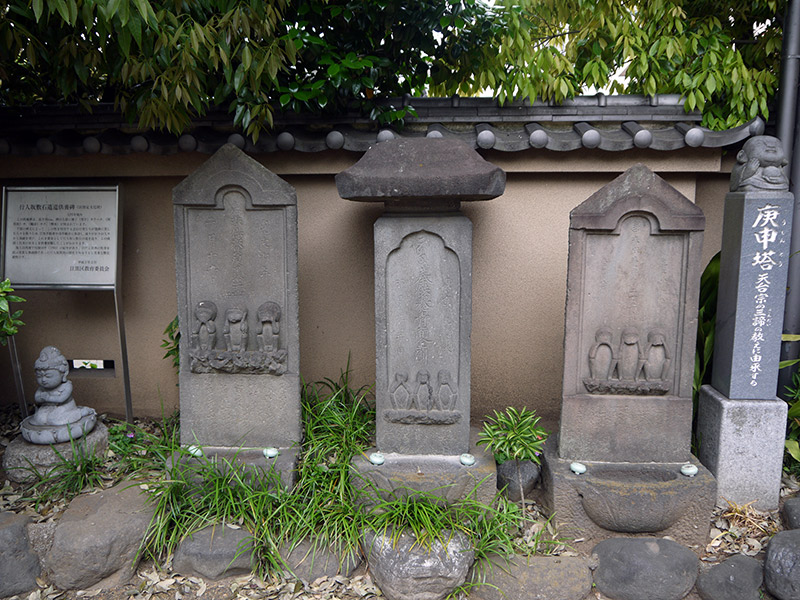
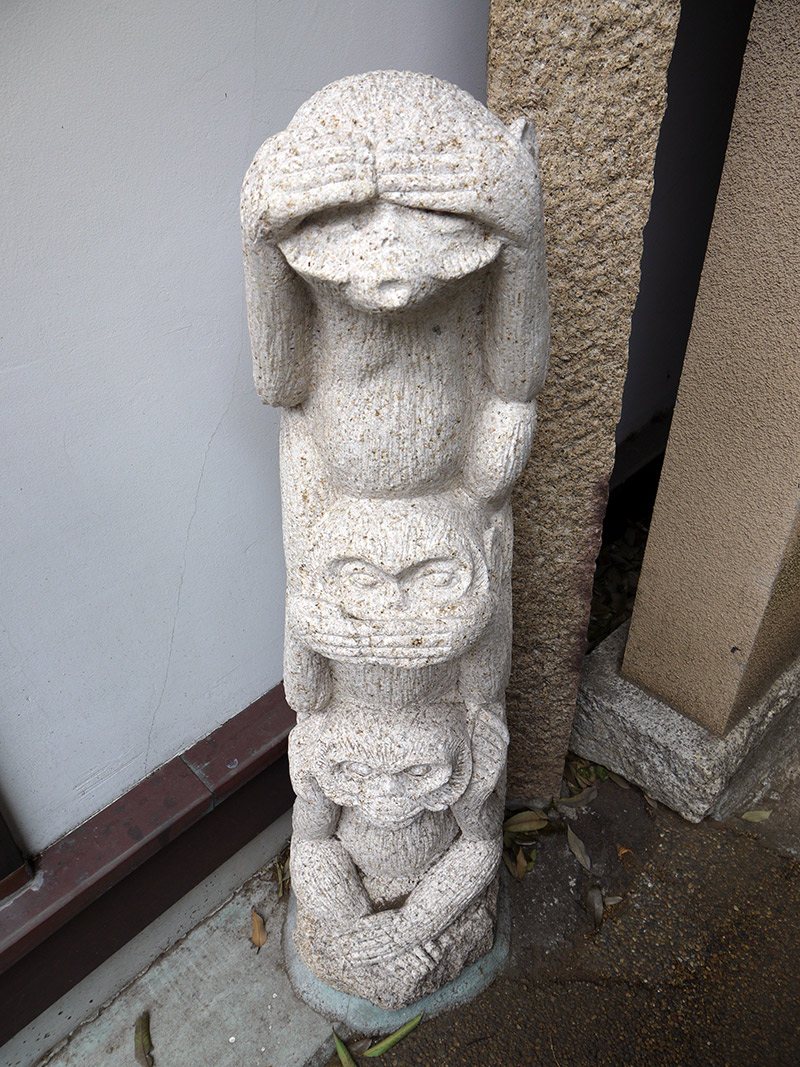
This is the tower of Koshin 庚申. It was built in the year of the monkey. The "shin" part of Koshin actually means monkey.
Here you can see a statue of three monkeys that embody a belief of the Koshin faith that may be familiar to you. This belief is 'Mizaru' (see not), 'Iwazaru' (say not) and 'Kikizaru' (hear not). This trio can be seen in many places throughout Tokyo and, of course, in this temple as well. Koshin shinko (belief in Koshin) is the Taoism (Dokyo)-based belief, introduced from China and established in Japan. In the Koshin faith, these monkeys are regarded as messengers.

There are more statues in this small temple like a funny Kappa (a Japanese water demon that looks like a turtle) holding a fish. Do you think they're friends, or do they have more of a lunchy-type relationship?
Mami’s Review
Just a small temple with a bunch of statues. Nothing special.
Daienji Temple
Additional Information
1-8-5 Shimomeguro
Meguro, Tokyo Prefecture 153-0064
Japan
03-3491-2793
